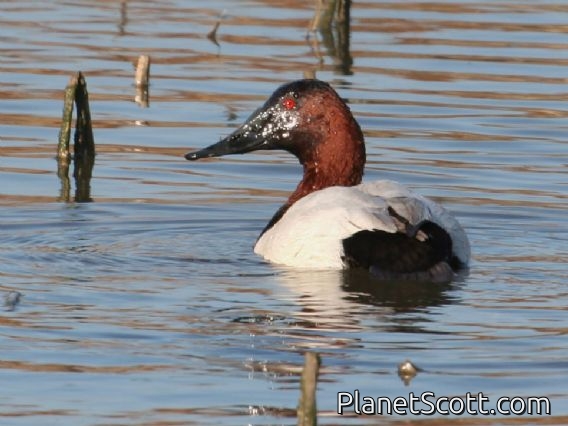Canvasback (Aythya valisineria)

Canvasback (Aythya valisineria)
×


Canvasback (Aythya valisineria)
About Canvasback (Aythya valisineria)
- Kingdom: Animals
- Phylum: Chordates
- Class: Birds
- Order: Anseriformes
- Family: Swans, Geese, and Ducks
The canvasback is a species of diving duck, the largest found in North America.
Source: Wikipedia
Trips
No trip reports available.Visits
-
2006-04-16
Kern National Wildlife Refuge, United States of America -
2007-01-22
Palo Alto Baylands, United States of America -
2009-11-22
Palo Alto Baylands, United States of America -
2012-05-20
Pyramid Lake, United States of America -
-
-



